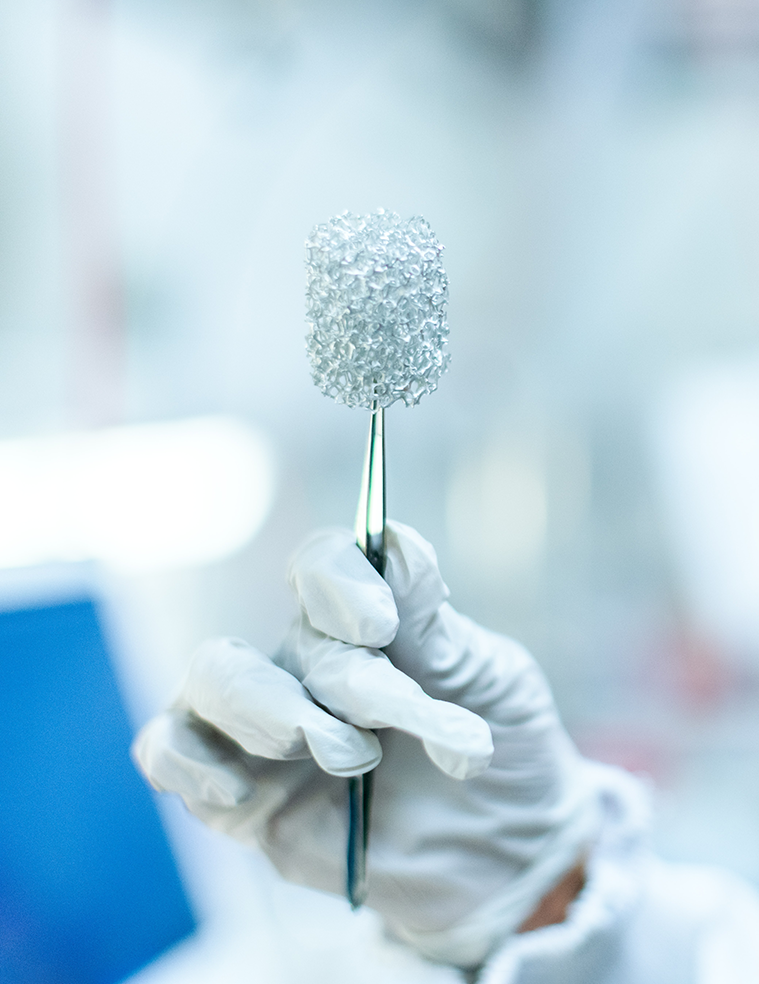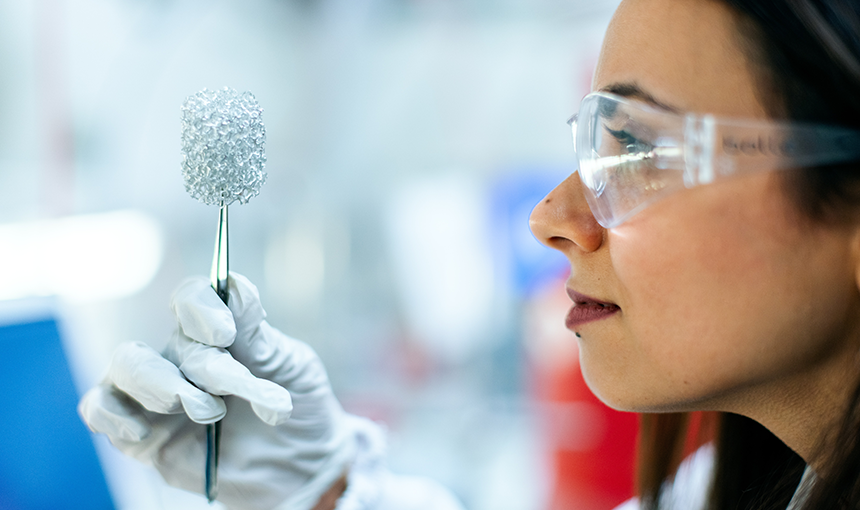

New patent regulations for patenting isomers, polymorphs and derivatives of known chemical compounds established by the Russian Patent Office
On June 8, 2021, an order of the Ministry of Economic Development of the Russian Federation No 155 will come into force introducing significant clarification amendments to the patent regulations governing the assessment of the inventive step and sufficiency of disclosure of the inventions relating to new forms and derivatives of the known chemical compounds.
In particular, Rule 77 of the Rules (inventive step) has been amended to include the paragraph as follows:
Inventions are not acknowledged as meeting the inventive step criterion if they are based, in particular:
“- on the creation of a chemical compound, which is a form of a known chemical compound (in particular, an isomer, stereoisomer, enantiomer, amorphous or crystalline form) or its derivative (in particular, a salt, solvate, hydrate, complex compound or ether/ester), if such a compound does not exhibit new properties from qualitative or quantitative perspectives as compared to the known compound, which do not follow to a specialist explicitly from the prior art.”
Rule 47 of the Requirements was supplemented by a new subclause 6, specifying that:
“6) if the invention relates to a chemical compound, which is a form of a known chemical compound (in particular, an isomer, stereoisomer, enantiomer, amorphous or crystalline form) or its derivative (in particular, a salt, solvate, hydrate, complex compound or ether/ester), the information about its new qualitative or quantitative properties as compared to the known compound, which do not follow to a specialist explicitly from the prior art, as well as information that reliably supports the existence of such new properties shall be provided.”
These legislative amendments are essentially aimed at legalizing the actual patent office and court practice that has developed in recent years, according to which, in order to acknowledge the non-obviousness of new forms and derivatives of a chemical compound, it must exhibit new unexpected properties as compared with the known forms and derivatives of the compound, while such properties must be supported by the reliable experimental data.
In view of the above-mentioned amendments, whenever a patent application pertains to a new derivative or form of a known chemical compound applicants are recommended to disclose the experimental support of any advantageous properties of such a new derivatives and/or forms in the specification, or at least be ready to submit the additional experimental data during substantive examination.
We at PATENTICA will be happy to answer any further questions you may have on this or other news and insights published on our website. Please feel free to contact us for more details at info@patentica.com
